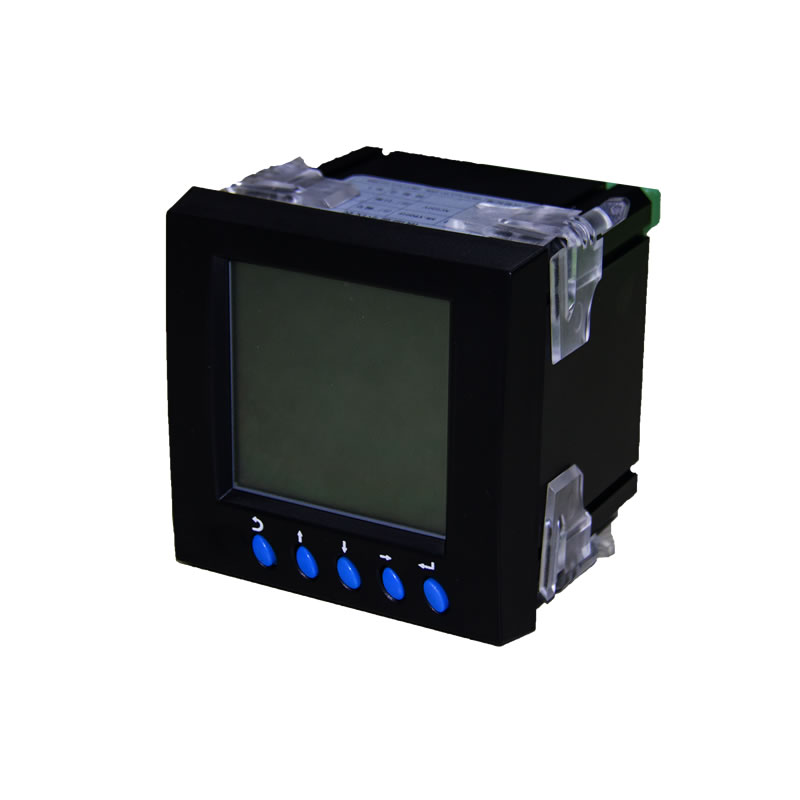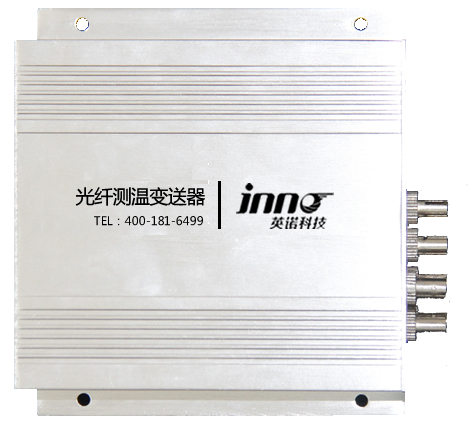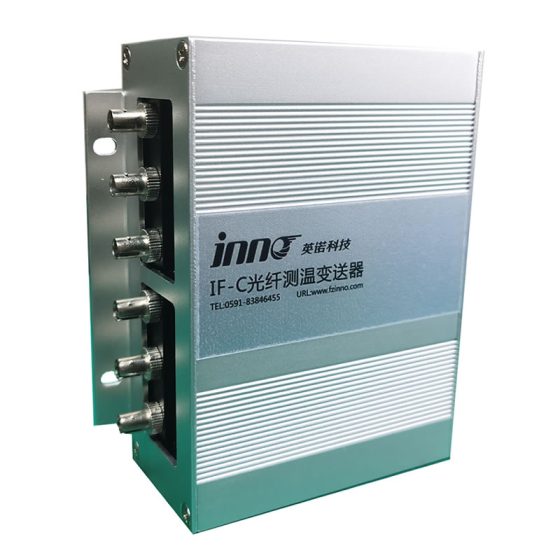Introduction to Microwave Electromagnetic Fluorescence Fiber Temperature Measurement System
Microwave belongs to ultra-high frequency electromagnetic waves, which have strong electromagnetic fields. When using conventional temperature sensors (such as thermocouples, Rezystory termiczne, itd.) do pomiaru temperatury, metal temperature probes and wires produce induced currents under the high-frequency electromagnetic field. Due to skin effect and eddy current effect, their own temperature rises, causing serious interference to temperature measurement, resulting in significant errors in temperature readings or unstable temperature measurement. Więc, the fluorescence fiber temperature measurement system independently developed by Fuzhou INNO is a non-interference temperature sensor in the microwave field. The microwave fiber optic temperature measurement system utilizes the characteristics of fiber optic fluorescence temperature measurement, which is immune to electromagnetic radiation fields, to accurately measure the temperature of the object to be heated in the microwave cavity in ultra-high frequency, strong electromagnetic field, and heavy interference environments; And accurate temperature measurement was achieved through the probe of the fluorescent temperature sensor. The fiber optic temperature measurement system is suitable for integrating single channel or multi-channel temperature measurement, and the fluorescent fiber optic temperature measurement device is particularly suitable for precise temperature measurement under environmental interference such as thermal therapy, electromagnetic, high-frequency, and microwave.
Sonda światłowodowa składa się z trzech części: Łącznik ST, światłowodowy, i koniec czujnika temperatury. Złącze ST jest częścią łączącą z modułem fotoelektrycznym; światłowodowy jest częścią transmisyjną, z włóknem kwarcowym w środku. Włókno kwarcowe ma powłokę i okładzinę na zewnątrz, oraz teflonowy rękaw ochronny w najbardziej zewnętrznej części; Końcówka z czujnikiem temperatury końcowej zawiera materiały ziem rzadkich wykrywające temperaturę, które służą do generowania sygnałów optycznych zawierających informacje o temperaturze; Światłowód jest odporny na wysokie temperatury 200 °C i ma średnicę zewnętrzną 3 mm. Długotrwały promień gięcia 13,2 cm. Krótkotrwały promień gięcia 4,4 cm. Gdy odległość między przewodem światłowodowym a ziemią wynosi 0,4 m, może wytrzymać napięcie o częstotliwości sieciowej 100KV przez czas 5 protokół.
Characteristics of Fluorescent Fiber Temperature Sensor for Microwave Electromagnetic Interference Environment
Fiber optic temperature sensors are inherently safe, resistant to strong electromagnetic interference, have good electrical insulation, stable performance, Odporność na korozję, i długa żywotność; High temperature measurement accuracy, Szeroki zakres pomiaru temperatury, and flexible configuration of temperature measurement channels; Easy installation, flexible networking, standardized data transmission, high cost-effectiveness, and stable quality; The preferred product for temperature monitoring of high-frequency and microwave equipment.

Fluorescent fiber optic temperature measurement belongs to the contact type temperature measurement method. This device achieves temperature measurement based on the length of fluorescence afterglow lifetime. The fluorescent substance applied to the remote temperature measuring end will emit corresponding fluorescence energy when stimulated by specific wavelengths of light. After removing the excitation of specific wavelengths of light, the fluorescence afterglow begins to decay. The duration of fluorescence afterglow depends on the temperature of the fluorescent substance located on the temperature measuring probe, Czyli, the temperature of the substance to be measured. The selection of specific wavelength light excitation is matched with the selected fluorescent substance, and the most effective excitation wavelength of different fluorescent substances is different. When choosing, it is important to focus on selecting the light wavelength that is most suitable for exciting fluorescent substances. The attenuation curve of fluorescent substances excited by light is usually in a single exponential form.
Practical Application Cases of Fiber Optic Temperature Measurement System in Microwave Electromagnetic Environment
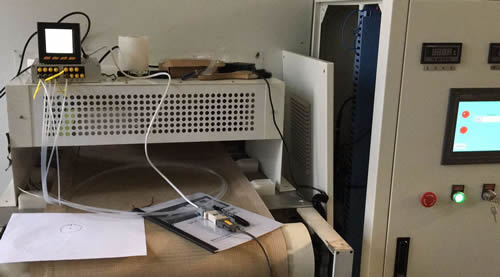 |
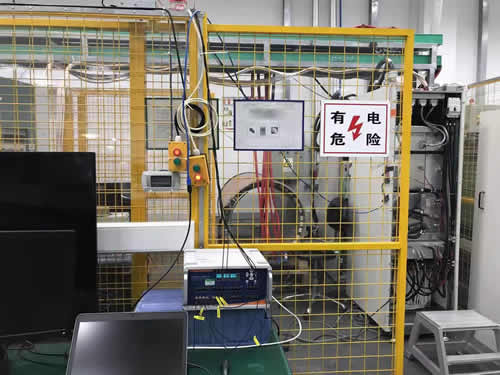 |
 |
 Światłowodowe czujniki temperatury INNO ,systemy monitorowania temperatury.
Światłowodowe czujniki temperatury INNO ,systemy monitorowania temperatury.
